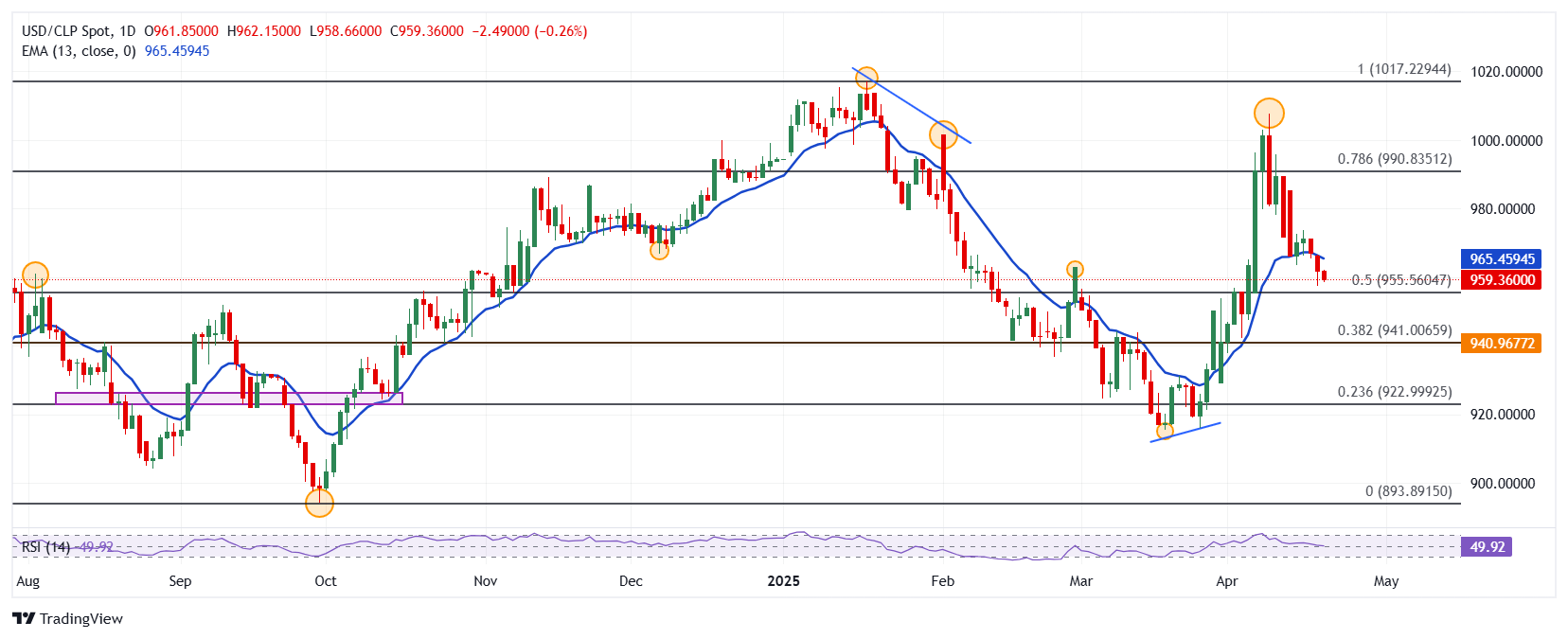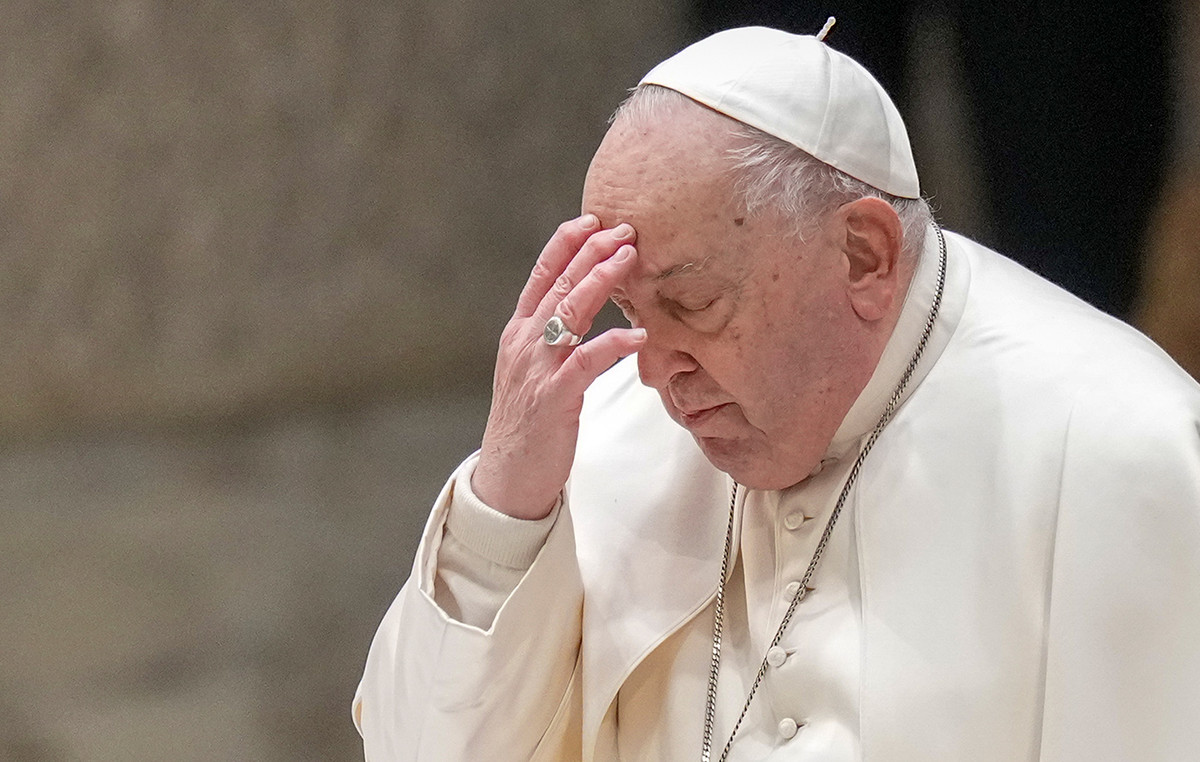- The US dollar loses ground compared to Chilean peso, quoting when writing at 959.94.
- The dollar index (DXY) rises 0.24% today, staying within the operating range of Monday at 98.60.
- The price of copper rebuops 1.58% daily, reaching maximums not seen since April 3.
- Investors will be attentive to the speeches of Patrick Harker, Phillip Jefferson, Neel Kashkari, Thomas Barkin and Adriana Kugler, members of the Fed.
The USD/CLP marked a daily maximum in 962.15, where it found aggressive vendors that brought parity to a minimum of the day at 959.04, consolidating within the range of the previous session. At the time of writing, the USD/CLP loses 0.31% in the day, currently operating at 959.94.
Chilean weight extends its profits in the midst of copper prices rebound
The dollar index (DXY) gains 0.26% on Tuesday, reaching a maximum of the day in 98.66, ending with two consecutive sessions down. The DXY continues to consolidate near minimum of three years, not seen since March 2022.
The president of the United States, Donald Trump, has hinted at the dismissal of the president of the Federal Reserve, Jerome Powell, attacking the autonomy and independence of the Central Bank, causing a bearish pressure in the US dollar.
In this sense, the weakness of the US dollar has been exploited by aggressive copper buyers, promoting the price of metal to three -week maximums not seen from April 3 in 4,8048, signing its fourth consecutive day with profits.
On the other hand, investors will set their attention on the statements they will make today the members of the Federal Reserve, Patrick Harker, Phillip Jefferson, Neel Kashkari, Thomas Barkin and Adriana Kugler.
In this context, the Chilean weight gains ground for the third consecutive day, while the USD/CLP falls 0.31% today, consolidating within the range of Monday’s session at 959.94.
Technical levels in the USD/CLP
The USD/CLP established a short -term resistance given by the maximum of April 9 in 1,007.73. The next important resistance is observed at 1,017.05, maximum of January 17. Downwards, the key support zone is located at 915.57, a pivot point on March 19.
USD/CLP daily graphics

US dollar FAQS
The US dollar (USD) is the official currency of the United States of America, and the “de facto” currency of a significant number of other countries where it is in circulation along with local tickets. According to data from 2022, it is the most negotiated currency in the world, with more than 88% of all global currency change operations, which is equivalent to an average of 6.6 billion dollars in daily transactions. After World War II, the USD took over the pound sterling as a world reserve currency.
The most important individual factor that influences the value of the US dollar is monetary policy, which is determined by the Federal Reserve (FED). The Fed has two mandates: to achieve price stability (control inflation) and promote full employment. Its main tool to achieve these two objectives is to adjust interest rates. When prices rise too quickly and inflation exceeds the 2% objective set by the Fed, it rises the types, which favors the price of the dollar. When inflation falls below 2% or the unemployment rate is too high, the Fed can lower interest rates, which weighs on the dollar.
In extreme situations, the Federal Reserve can also print more dollars and promulgate quantitative flexibility (QE). The QE is the process by which the Fed substantially increases the flow of credit in a stuck financial system. It is an unconventional policy measure that is used when the credit has been exhausted because banks do not lend each other (for fear of the default of the counterparts). It is the last resort when it is unlikely that a simple decrease in interest rates will achieve the necessary result. It was the weapon chosen by the Fed to combat the contraction of the credit that occurred during the great financial crisis of 2008. It is that the Fed prints more dollars and uses them to buy bonds of the US government, mainly of financial institutions. Which usually leads to a weakening of the US dollar.
The quantitative hardening (QT) is the reverse process for which the Federal Reserve stops buying bonds from financial institutions and does not reinvote the capital of the wallet values that overcome in new purchases. It is usually positive for the US dollar.
Source: Fx Street
I am Joshua Winder, a senior-level journalist and editor at World Stock Market. I specialize in covering news related to the stock market and economic trends. With more than 8 years of experience in this field, I have become an expert in financial reporting.






